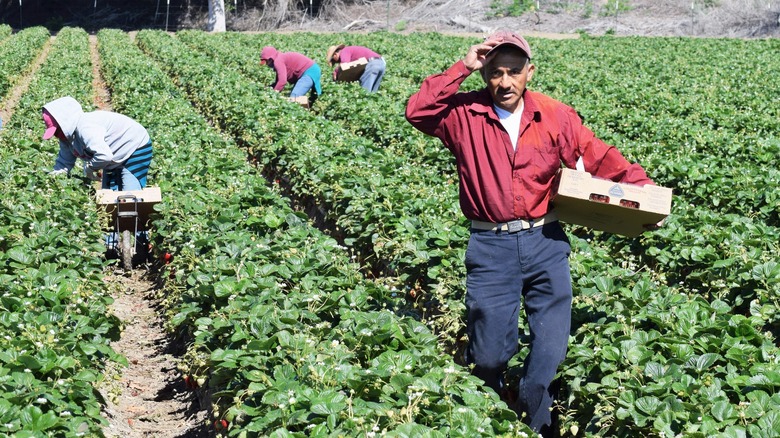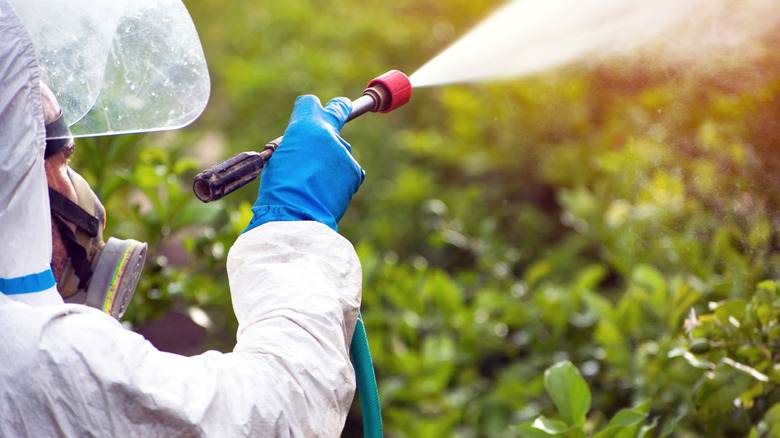New Study Reveals Sad Reality Of Pesticide Impact On Farmworkers
According to a new study published in BMC Public Health, there is a deep demographic disparity when it comes to pesticide exposure in the United States.
Almost 90% of pesticide use in the U.S. is in the agriculture sector, which naturally means people working in the industry are more at risk. But while 83% of farmworkers identify as Hispanic or Latinx, per a National Agricultural Workers Survey published in 2019, the study shares that 98% of all U.S. farmland is owned by white Americans. As the farmworkers are the people directly handling the produce, they are exposed to the potentially harmful chemicals at a much higher rate. Among farmworkers, the EPA estimated in 1992 that 10,000 to 20,000 experience acute illness due to pesticide exposure each year, with the study noting that those numbers could be far higher given that some may never seek medical care. The demographics suggest these workers – ⅓ of whom fall below the poverty line — are overwhelmingly Hispanic.
Robert Bullard, a co-author of the study and the director of the Bullard Center for Environmental and Climate Justice at Texas Southern University, told The Guardian "These workers somehow are seen as expendable. This study shows the systemic neglect that [led to] a whole workforce being an underclass and not given the same weight when it comes to health and safety."
Systemic racial injustice is part of the problem
Farmworkers aren't the only people living in the U.S. at high risk for exposure to harmful pesticides. The study also notes that the residential makeup within three miles of hazardous chemical facilities in the U.S. is primarily African American and Hispanic, and falls disproportionately below the poverty line relative to other city or county residents. Looking at blood and urine samples from a 20-year span, researchers found that markers for harmful pesticides show up at five times the levels in African and Mexican Americans as they do in white Americans who live above the poverty level.
Per The Guardian, the study — whose full title is "Pesticides and environmental injustice in the USA: root causes, current regulatory reinforcement and a path forward" — was a collaborative effort between researchers from Historically Black Colleges and Universities, the Center for Biological Diversity, and several advocacy groups, and looked at data from the Centers for Disease Control and Environmental Protective Agency, among other sources.
Although it tracks systemic racism across centuries and discusses pesticide exposure as a public health and civil rights issue, the study does offer several suggestions for improving the current situation, including eliminating the safety double standards, strengthening worker protections, and monitoring and accounting for harmful environmental injustices. Ultimately, the study concludes changes will have to be made in the U.S. on a deeper structural level to create a more equitable future.

